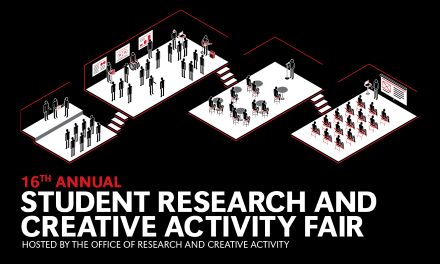Computer Vision-Based Technique for Markerless Motion Capture of Squirrels
Presenter Type
UNO Graduate Student (Masters)
Major/Field of Study
Biomechanics
Advisor Information
Associate Professor Biomechanics
Location
CEC RM #201/205/209
Presentation Type
Poster
Poster Size
3x4
Start Date
22-3-2024 10:30 AM
End Date
22-3-2024 11:45 AM
Abstract
Arboreal locomotion represents a highly challenging type of locomotion and is a model task used to better understand the limits of locomotion performance. The canopies of trees contain a variety of support types due to varying flexibility, fragility, diameter, inclination, and length. Understanding how arboreal animals navigate through this complex environment can facilitate the development of bioinspired robots capable of greater locomotion abilities. Quantitative biomechanical analysis of video data of freely locomoting animals in the wild would be useful to test hypotheses related to their biomechanical and decision-making capabilities. However, currently analysis of video data taken in natural environments requires intensive human effort and is very time consuming. Deep neural networks are a new solution that can analyze videos relatively quickly and have been shown to be accurate under certain lab conditions. However, in the natural environment, the background of videos includes complex structures and other non-uniform backgrounds, and uneven lighting that may confuse a neural network attempting to identify a specific location on the animal. Therefore, for video data taken in a natural environment from various camera angles, we do not know how much training data is required to produce accurate markerless motion capture. This study aims to determine the minimum sufficient training data set size for accurate markerless motion capture of fox squirrels leaping and landing in a natural environment from videos in the sagittal plane. In a laboratory setting, it has been shown approximately 200 frames is necessary to train a deep neural network to track mice at a human level of accuracy. We examined the accuracy of deep neural networks trained using 100-, 200-, and 400-frame training sets.
Computer Vision-Based Technique for Markerless Motion Capture of Squirrels
CEC RM #201/205/209
Arboreal locomotion represents a highly challenging type of locomotion and is a model task used to better understand the limits of locomotion performance. The canopies of trees contain a variety of support types due to varying flexibility, fragility, diameter, inclination, and length. Understanding how arboreal animals navigate through this complex environment can facilitate the development of bioinspired robots capable of greater locomotion abilities. Quantitative biomechanical analysis of video data of freely locomoting animals in the wild would be useful to test hypotheses related to their biomechanical and decision-making capabilities. However, currently analysis of video data taken in natural environments requires intensive human effort and is very time consuming. Deep neural networks are a new solution that can analyze videos relatively quickly and have been shown to be accurate under certain lab conditions. However, in the natural environment, the background of videos includes complex structures and other non-uniform backgrounds, and uneven lighting that may confuse a neural network attempting to identify a specific location on the animal. Therefore, for video data taken in a natural environment from various camera angles, we do not know how much training data is required to produce accurate markerless motion capture. This study aims to determine the minimum sufficient training data set size for accurate markerless motion capture of fox squirrels leaping and landing in a natural environment from videos in the sagittal plane. In a laboratory setting, it has been shown approximately 200 frames is necessary to train a deep neural network to track mice at a human level of accuracy. We examined the accuracy of deep neural networks trained using 100-, 200-, and 400-frame training sets.

